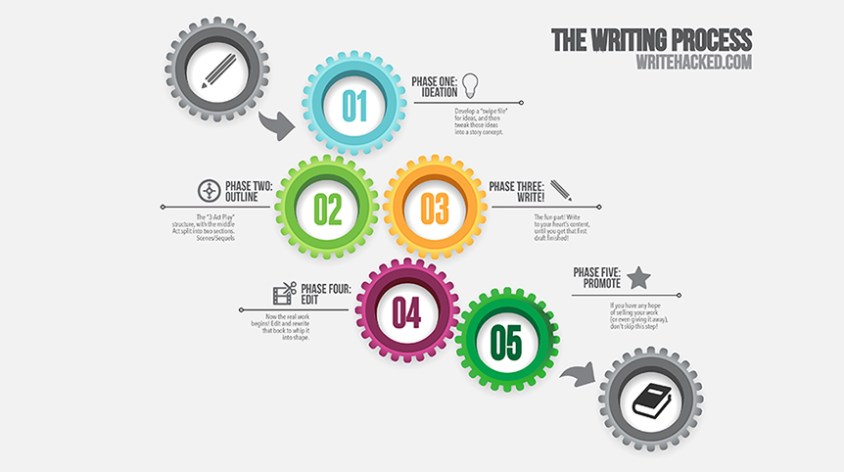专栏预告:打造持续高效的个人输入/输出工作流系统
 wuzhiguocarter
wuzhiguocarter
开篇语
在这个信息爆炸的时代,我们每天都在被无数的资讯包围,微博、微信、博客、书籍……我们不停地输入,却常常感到迷茫和焦虑,觉得自己在知识的海洋中迷失了方向。你是否也曾在书本中找到灵感,却难以转化为实际行动?你是否也曾在脑海中闪现无数创意,却无法将其变成有影响力的作品?
欢迎来到《打造持续高效的个人输入/输出工作流系统》的专栏。在这里,我们将一起探索如何将日常的阅读与学习转化为持续而有意义的输出,如何在信息的洪流中找到属于自己的方向,并最终实现个人成长和职业发展的突破。
1. 引言
专栏概述:介绍专栏的目标和读者能从中学到什么。
持续输出的重要性:简述为什么持续输出对个人成长和职业发展至关重要。
2. 为什么要持续输出?
个人成长:通过持续输出,强化所学知识,提升技能。
职业发展:建立个人品牌,增强影响力。
内化知识:将学到的知识通过输出转化为自身的能力。
3. 从输入到输出的挑战
输入的多样性与碎片化:日常阅读的内容多样且碎片化,难以形成系统的知识体系。
输出的高门槛:从阅读到产出高质量内容之间的难度较大,需要综合多种能力。
时间管理:在繁忙的日常生活中,如何有效分配时间进行输入和输出。
4. 如何填补输入与输出之间的gap
有目的的输入:选择与自己目标相关的内容进行阅读,避免盲目追求广度。
笔记与总结:通过记笔记和定期总结,将零散的信息系统化。
复盘与反思:定期回顾自己的学习和输出,找出不足之处,持续改进。
实践与应用:将学到的知识尽快应用到实际项目中,通过实践检验和巩固。
5. 高效输入策略
主动阅读:带着问题去阅读,寻找答案,而不是被动接受信息。
多渠道获取信息:书籍、博客、播客、在线课程等多种形式结合,丰富知识来源。
知识管理工具:使用Evernote、Notion等工具整理和管理学习资料。
6. 高效输出策略
制定输出计划:明确自己的输出目标和计划,逐步实现。
多样化输出形式:写作、演讲、制作视频等,多种形式相结合。
时间管理技巧:利用番茄工作法、GTD等方法,提高时间利用率。
7. 实践案例分享
个人案例:分享自己或他人在打造个人输入/输出工作流系统中的成功经验和教训。
工具推荐:介绍一些常用的生产力工具和技巧。
8. 结语
持续优化:工作流系统是动态的,需要不断调整和优化。
激励与坚持:鼓励读者坚持下去,持续改进自己。
通过这个结构,你可以系统地探讨如何建立一个高效、持续的个人输入/输出工作流系统,帮助读者提高生产力,实现个人和职业目标。
In this era of information explosion, we are surrounded by countless pieces of information every day—Weibo, WeChat, blogs, books... We keep absorbing information but often feel confused and anxious, feeling lost in the ocean of knowledge. Have you ever found inspiration in books but found it difficult to turn it into action? Have you ever had countless ideas flashing through your mind but couldn't turn them into impactful works?
Welcome to the column "Building a Sustainable and Efficient Personal Input/Output Workflow System." Here, we will explore together how to transform daily reading and learning into continuous and meaningful output, how to find your own direction in the flood of information, and ultimately achieve breakthroughs in personal growth and career development.
1. Introduction
Column Overview: Introduce the goals of the column and what readers can learn from it.
Importance of Continuous Output: Briefly explain why continuous output is crucial for personal growth and career development.
2. Why Continuous Output?
Personal Growth: Strengthen learned knowledge and improve skills through continuous output.
Career Development: Build a personal brand and enhance influence.
Internalize Knowledge: Transform learned knowledge into personal abilities through output.
3. Challenges from Input to Output
Diversity and Fragmentation of Input: The content of daily reading is diverse and fragmented, making it difficult to form a systematic knowledge system.
High Threshold for Output: The difficulty of producing high-quality content from reading requires a combination of various abilities.
Time Management: How to effectively allocate time for input and output in a busy daily life.
4. How to Bridge the Gap Between Input and Output
Purposeful Input: Choose content related to your goals for reading, avoiding blindly pursuing breadth.
Note-taking and Summarizing: Systematize scattered information through note-taking and regular summarization.
Review and Reflection: Regularly review your learning and output, identify shortcomings, and continuously improve.
Practice and Application: Apply learned knowledge to actual projects as soon as possible, testing and consolidating through practice.
5. Efficient Input Strategies
Active Reading: Read with questions in mind, seeking answers rather than passively accepting information.
Multi-channel Information Acquisition: Combine various forms such as books, blogs, podcasts, and online courses to enrich knowledge sources.
Knowledge Management Tools: Use tools like Evernote and Notion to organize and manage learning materials.
6. Efficient Output Strategies
Develop an Output Plan: Clarify your output goals and plans, and achieve them step by step.
Diversified Output Forms: Combine various forms such as writing, speaking, and video production.
Time Management Techniques: Use methods like the Pomodoro Technique and GTD to improve time utilization.
7. Practical Case Sharing
Personal Cases: Share successful experiences and lessons learned in building a personal input/output workflow system.
Tool Recommendations: Introduce some commonly used productivity tools and techniques.
8. Conclusion
Continuous Optimization: The workflow system is dynamic and needs constant adjustment and optimization.
Encouragement and Persistence: Encourage readers to persist and continuously improve themselves.
Through this structure, you can systematically explore how to establish an efficient and sustainable personal input/output workflow system, helping readers improve productivity and achieve personal and career goals.
Subscribe to my newsletter
Read articles from wuzhiguocarter directly inside your inbox. Subscribe to the newsletter, and don't miss out.
Written by

wuzhiguocarter
wuzhiguocarter
I am a senior software engineer working on DiDi.